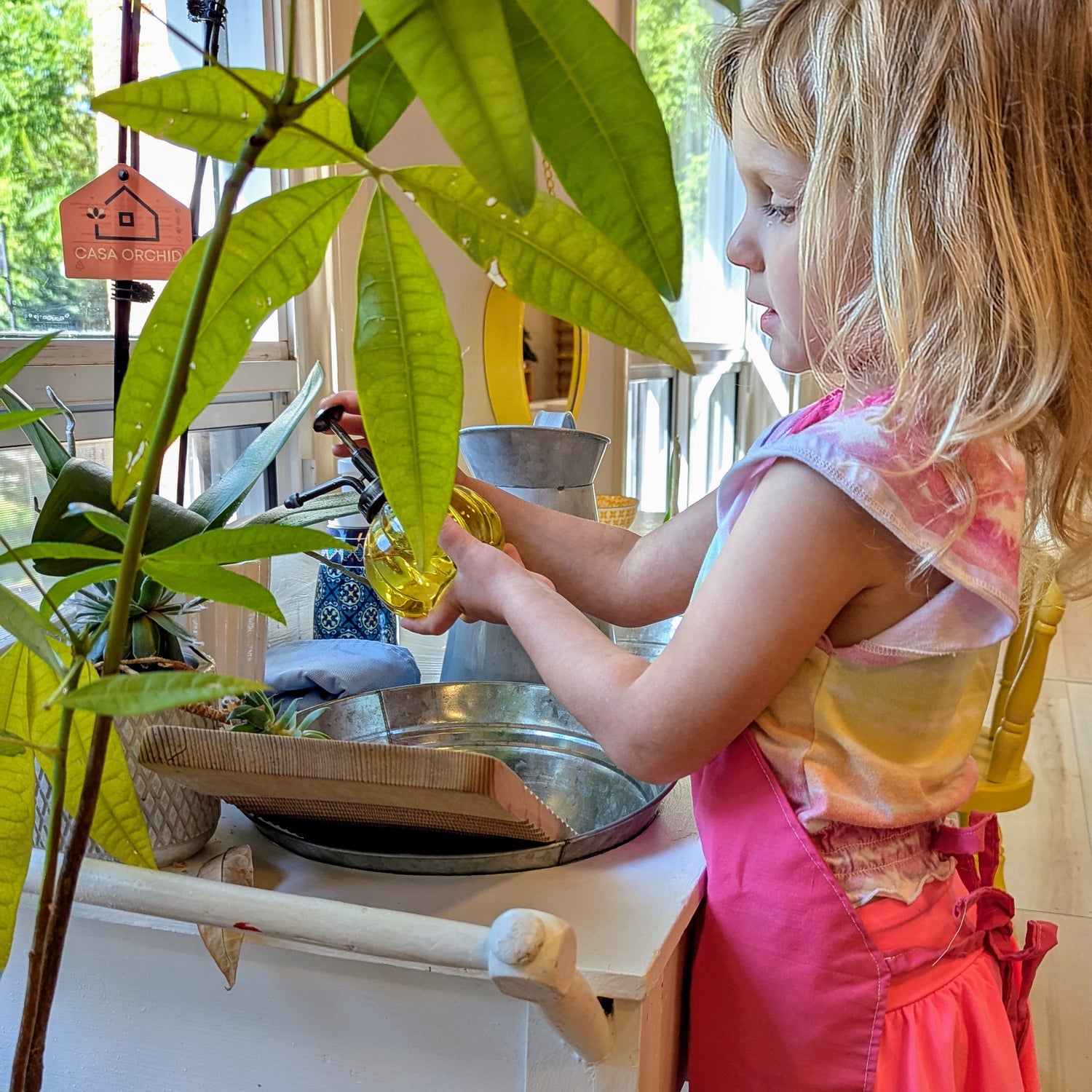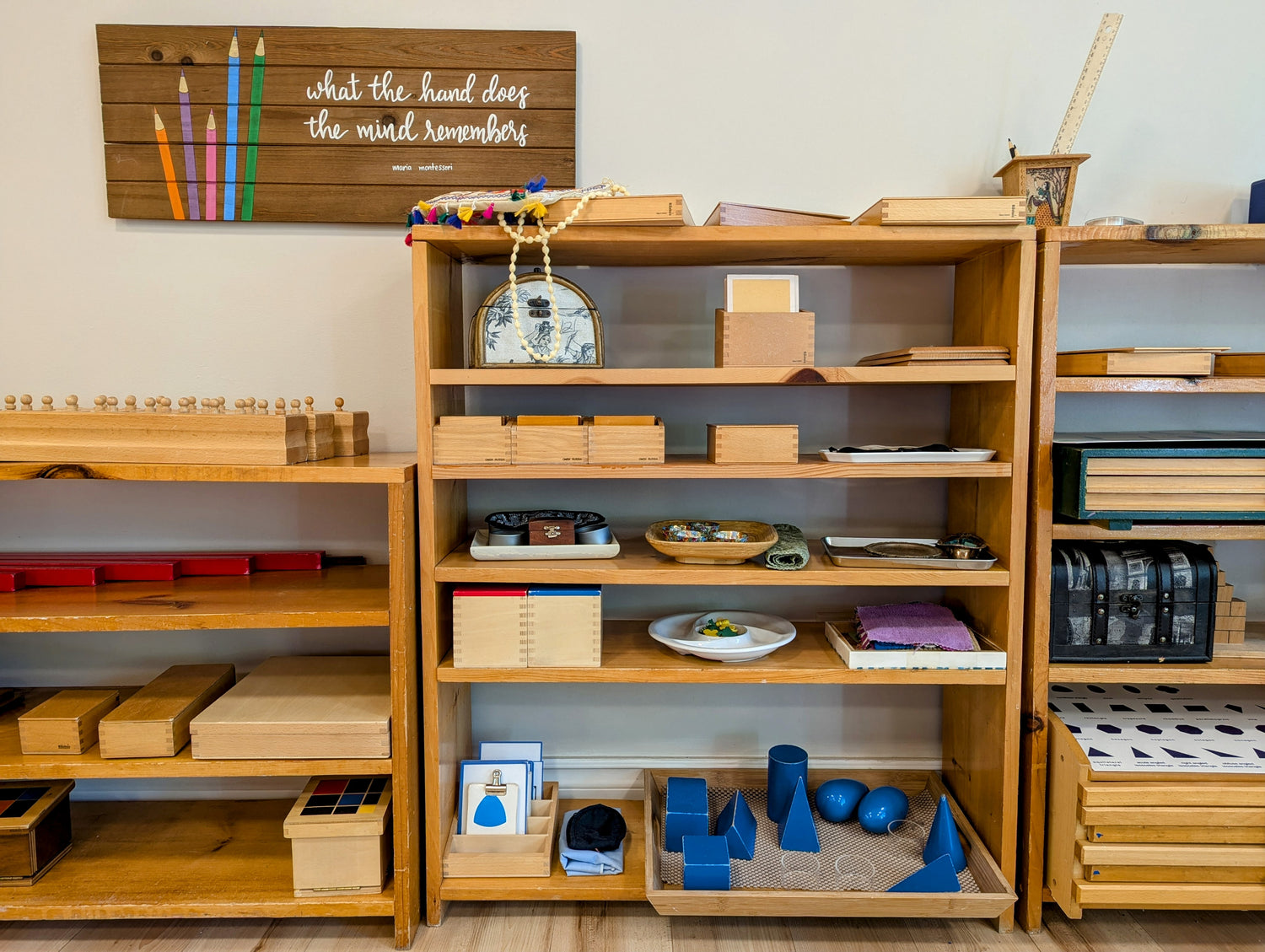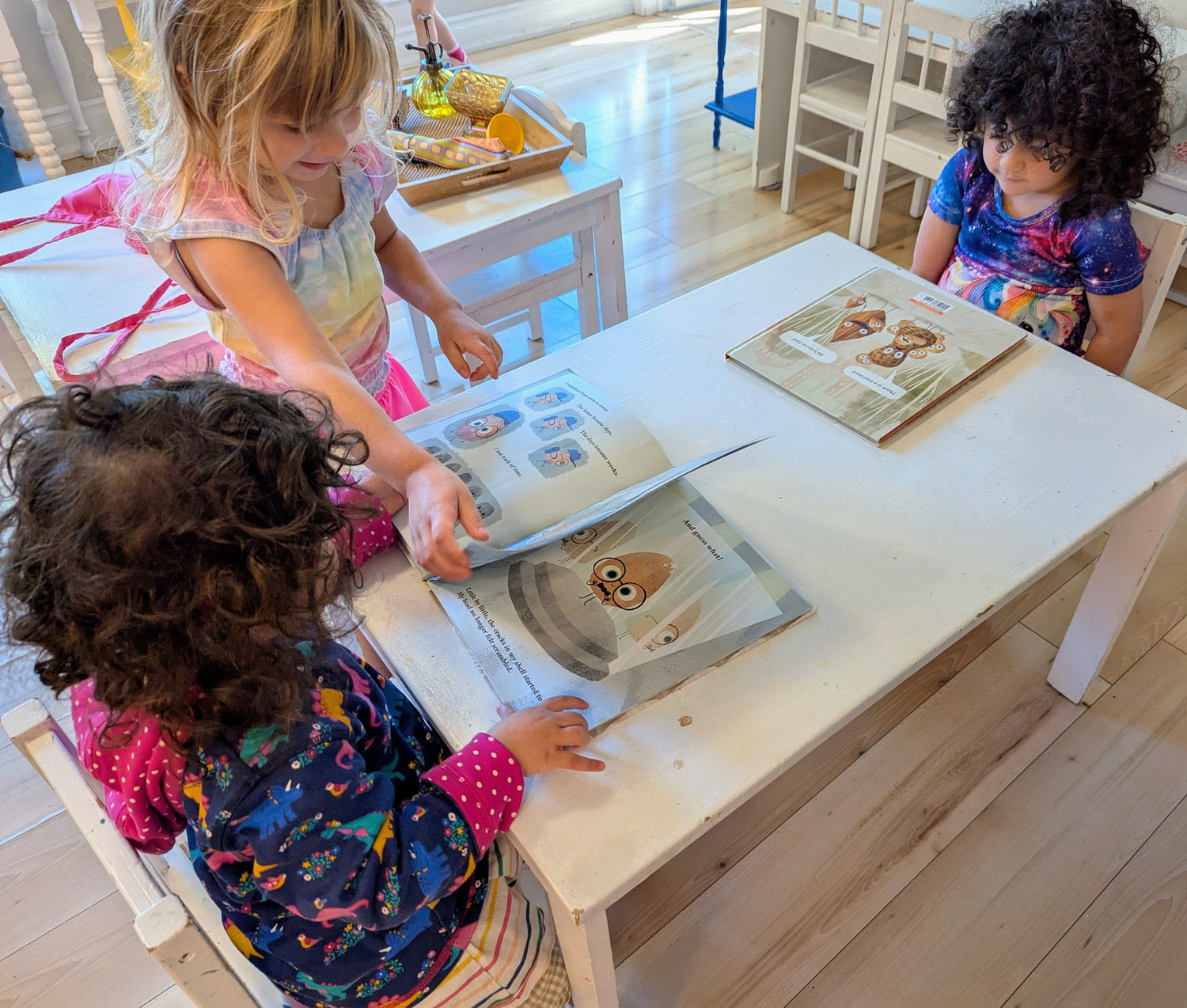
Small classes - big learnings
What makes KinderHaus special
-
Optimal ratios
Keeping our school small allows for close, trusting relationships between all teachers and students.
-
Quiet and natural
We're located on a quiet residential street nestled among Lake Wilcox, nature trails, and forests.
-
Focused learning
Our teachers are committed to building intelligence and independence through child-led learning.

How we work
General information
We're a Montessori with French immersion for children aged 18 months to 6 years and provide early and after school care. We have limited Toddler and Casa spots open for January 2026.

Where we play
Our school
Our space is clean, food is fresh and diverse, and playground is spacious and shaded.

what we do
Day to day
We learn in an authentic Montessori environment with high quality materials, as well as from the outside world around us.
Testimonials
-
"This was the only place we toured that made us really excited to send our 15 month old. Ellie is always happy at drop off and comes home surprising us with new skills every day. I also feel like we get sick less often than friends with kids at other schools nearby"
- Ilana (Mom ofToddler student) -
"It's been so rewarding watching our son grow up at KinderHaus. When he started we'd see the older kids mentoring him and helping him with different activities. He was so excited to mentor the younger kids as he grew here. He's so kind and patient thanks to his time at school."
- N (Parent of Casa II student) -
"KinderHaus is so unique, it's like a Montessori that's also a forest school and it's small size gives it all the benefits of a home daycare while still maintaining a high level of professionalism. I really think there's nothing like it. You have to visit to really understand how special it is."
- Olya (Mom of two 2025 graduates)